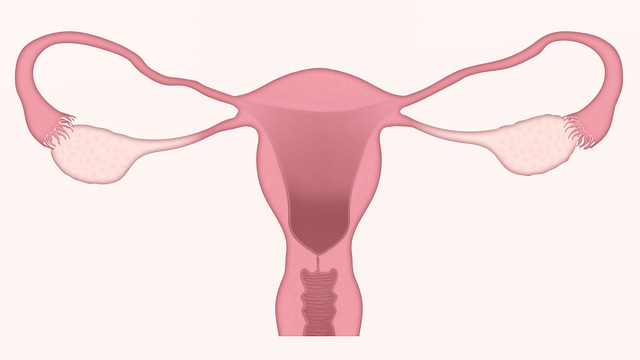
Endometriosis is a painful and long-lasting disorder that impacts the uterine lining. It happens when endometrial-like tissue develops on organs such as the colon, fallopian tubes, ovaries, and the exterior walls of the uterus outside of the uterus. Rarely, it may even impact some organs, like the kidneys, bladder, or lungs.
Symptoms of Endometriosis
Dysmenorrhea or Painful Periods
Premenstrual pain and cramps can last many days into the menstrual cycle. You might also feel stomach aches and lower back pain.
Pain with Intercourse
This condition can also cause pain during and after sex.
Excessive Bleeding
Bleeding heavily between periods, also known as intermenstrual bleeding, can occur occasionally.
Infertility
Some individuals discover they have endometriosis when seeking infertility treatment.
Pain During Urination and Bowel Movements
Pain during bowel movements and urination is a common symptom of endometriosis. These symptoms are more likely to occur during a menstrual period.
Causes of Endometriosis
The precise causes of endometriosis are unknown. Retrograde menstruation, as the term implies, is the process whereby menstrual blood containing endometrial cells may return through the fallopian tubes into the pelvic cavity, where these cells cling to organs. A family history of endometriosis raises the risk of getting the disorder. Thus, genetic factors are also important.
Additionally, other factors that may contribute to the development of endometriosis include:
Peritoneal Cells’ Transformation
The development of endometrial-like cells from the peritoneal cells that line the inner side of the abdomen is considered to be stimulated by hormones or immunological factors.
Surgical Scar Implantation
Endometrial cells may attach to the surgical incision following surgeries like hysterectomy or C-section.
Endometrial Cell Transport
Endometrial cells may be transported to other body parts through blood vessels or the lymphatic system.
Diagnosing Endometriosis
Doctors may suspect endometriosis based on the symptoms reported. To confirm the diagnosis, they may conduct the following tests:
- Pelvic exam- Doctors look for any cysts or scars behind the uterus during an examination.
- Imaging tests-For more detailed pictures of the organs, tests like Ultrasound, CT scan, or MRI are utilized. Understanding these imaging techniques can be crucial for patients. For an in-depth exploration of various medical imaging processes, including those used in the diagnosis of conditions like endometriosis, visiting w-radiology.com can provide valuable insights and information.
- Laparoscopy- This procedure involves making a small incision in the belly and inserting a thin tube with a camera (laparoscope) to visualize the lesions and determine their size. Laparoscopy is usually the most reliable method for diagnosing endometriosis.
- Biopsy- During a laparoscopy, a tissue sample may be taken and examined under a microscope to confirm the diagnosis.
Treatment Options for Endometriosis
Hormonal therapies
They relieve pain and reduce the size of endometrial implants by managing ovulation and treating the uterine lining. Common hormonal therapies include gonadotropin-releasing hormone (GnRH) agonists, progesterone, and birth control pills.
- Pain medications- Over-the-counter or prescription pain relievers can help alleviate the pain associated with endometriosis.
- Antibiotics- In cases of pelvic region infections, antibiotics may be used.
Surgical Treatments
Surgery aims to remove as much endometriosis tissue as possible and alleviate symptoms.
- Laparoscopic surgery -This minimally invasive procedure removes endometrial implants and scar tissue.
- Hysterectomy – Removal of the uterus and ovaries through surgery. This option is typically recommended for severe endometriosis cases that have not responded to other treatments.
Preventing Endometriosis
Endometriosis cannot be entirely prevented. However, certain factors may reduce the risk of developing the condition. It’s important to note that genetic factors can contribute to the development of endometriosis. If there is a family history of endometriosis, discussing the risk with a healthcare provider is advisable.
Factors that may reduce the risk of endometriosis include:
- Pregnancy
- Breastfeeding
- Maintaining a healthy weight
- Starting menstruation at a later age
Bottom Line
In a nutshell, endometriosis is a painful health condition. While it is not completely preventable, several treatment methods exist to manage it.